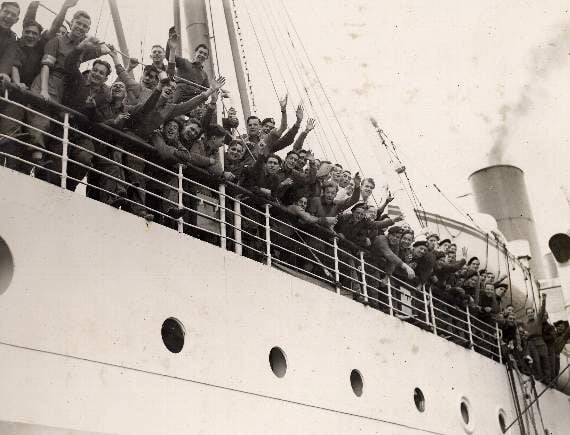EXACTLY 70 years ago last Thursday (October 1) some 890 officers and men of the Gloucestershire Regiment boarded the Empire Windrush destined for Korea.
Just 203 days they would face 10,000 troops of the Chinese Republican Army at what would become one of the most famous encounters of the regiment’s history, the Battle of Imjin River.
Outnumbered by 10 to one, they fought steadfastly for three days “to the last round”.
The Glosters formed part of the 29th Infantry Brigade, which also included the Royal Northumberland Fusiliers and the Royal Ulster Rifles, and was supported by 4/5 Field Regiment and 170 Heavy Mortar Battery Royal Artillery and the Royal Engineers.
Some had served during the Second World War but the battalion also included many National Servicemen, young men who had agreed to serve abroad on active service.
The older soldiers took the young, keen but probably very apprehensive National Servicemen under their wing and taught them how to survive on the battlefield.
The journey to Korea took 41 days, and the battalion eventually arrived on the shores of South Korea on November 10 1950, to begin playing their part in protecting the embryonic South Korea from invasion by Communist North Korea and China.
Brian Hamblett who served with the Glosters and was one of those on board, said: “I was a naïve 18 year old when we left Southampton, and it was all an exciting new experience.
“ I remember carrying my kit bags and walking up the gang plank, looking around in awe at this enormous ship.
“We were told the fighting in Korea would all be over by Christmas, so we thought it was all a bit of jolly.”
Brian was to fight at the Battle of the Imjin River and on April 25 1951 was captured by the Chinese, only to spend the next two and a half years in a prisoner of war Camp in North Korea.




